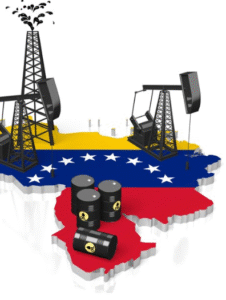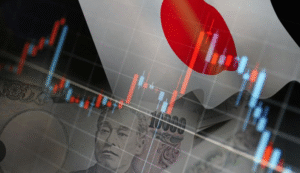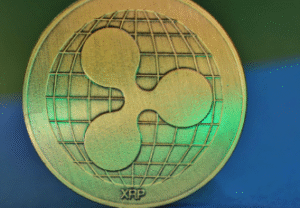$GLD $GDX $BTC
#gold #marketanalysis #geopolitics #worldeconomy #Russia #NATO #US #WWIII #safehaven #commodities #investing #markets
Concerns over the escalating tensions between major global powers have added an unsettling layer of uncertainty to the financial markets. The possibility of a broader conflict involving Russia, NATO, and the United States has recently been spotlighted by analysts, with some suggesting potential consequences for traditional safe-haven assets. Among these, gold stands out as a key beneficiary whenever geopolitical and macroeconomic risks rise, leading to increased demand as investors seek refuge from volatile markets. One prominent analyst has predicted that gold could surge to a striking $2,800 per ounce by Christmas if the likelihood of World War III continues to gain traction. Such a significant price movement would imply a substantial uptick from its current levels, underpinned by heightened safe-haven flows and shifting investor preferences.
The scenario outlined implies a marked shift in sentiment towards risk aversion, which historically benefits commodities like gold. Recent market behavior shows that gold prices tend to experience upward pressure when financial markets face uncertainty stemming from international crises. Russia’s ongoing involvement in Ukraine, combined with increasingly aggressive rhetoric from NATO and heightened strains in U.S.-Russia relations, could further bolster this trend. These dynamics are pushing investors toward assets that carry intrinsic value and are perceived as less impacted by systemic risks in other asset classes, such as equities and fixed-income securities. With inflation persisting in various economies and central bank policies remaining uncertain, gold’s appeal as a non-yielding, stable store of value may continue to grow.
In financial terms, the forecasted rise in gold to $2,800 represents approximately a 30% increase from its current trading range, a movement that would eclipse many equity index gains year-to-date. Such a trajectory could significantly impact gold-related exchange-traded funds (ETFs) such as $GLD and mining stocks like $GDX, which are closely correlated to gold’s performance. The surge could also attract investors currently parked in cryptocurrencies such as $BTC, often considered a digital alternative to gold, should confidence in the broader crypto market falter amid global instability. In contrast, fixed-income instruments like U.S. Treasuries, while also traditionally viewed as safe havens, may lag due to concerns about yields and the possible effects of higher government deficits related to military spending.
Should the forecast hold true, the market implications extend beyond gold. A move toward higher geopolitical risks and safe-haven assets typically results in a flight from equities, particularly in growth sectors, while bolstering commodity prices more broadly. Other metals such as silver and palladium might also see spillover effects, albeit likely smaller in magnitude. Additionally, central banks, already substantial net buyers of gold in 2023, could further amplify their purchases in a bid to shore up national reserves against currency volatility amidst heightened geopolitical uncertainty. For retail and institutional investors alike, the developments in these geopolitical tensions warrant close monitoring as they navigate an increasingly complex and interconnected global economy. If historical patterns hold, gold’s potential rise to $2,800 would underscore its enduring role as an anchor of stability in uncertain times.











Comments are closed.